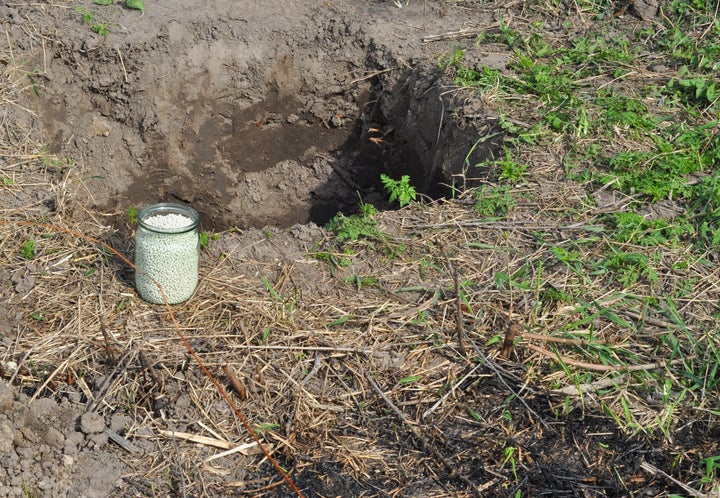Lebanese officials are blaming the colossal destruction touched off by a pair of explosions along Beirut’s waterfront primarily on a large quantity of ammonium nitrate stored in a warehouse there.
Video of the incident shared widely on social media Tuesday showed glass blown out and shattered on a street near the port and around the capital city. Structures closest to the blasts were reduced to skeletal framework. More than 130 people were confirmed dead, and at least 5,000 injured as of Wednesday.
The exact cause of the incident is still being determined, but videos appear to show fireworks going off in a fire shortly before a massive explosion at a warehouse.
What is ammonium nitrate?
Ammonium nitrate is a solid pale crystalline synthetic chemical that is typically formed into prills, or small beads, and is commonly used in fertilizer as an oxidizing agent. The prills can also be used in controlled mine explosions.
Lebanese Prime Minister Hassan Diab said that 2,700 tons of ammonium nitrate prills were left unsecured in a warehouse for around six years before the incident.

Why is it dangerous?
The chemical is not dangerous when used in fertilizer as intended, but it can be hazardous when large quantities are not handled properly.
Ammonium nitrate doesn’t burn on its own. But it can act as an accelerant because it draws oxygen in to a fire.
It can explode when subjected to high temperatures in a confined space, according to the Environmental Protection Agency. But conditions need to be extreme for such a reaction to occur, Gabriel da Silva, a chemical engineering lecturer at the University of Melbourne, told The Guardian. Ammonium nitrate is particularly dangerous when it has been contaminated with other materials that are flammable on their own, which may have been the case in Beirut.
In 2015, disaster struck a Chinese factory after a highly flammable chemical was improperly stored near other chemicals, including ammonium nitrate. When it ignited, it set off a chain of explosions that left more than 170 people dead.
Ammonium nitrate has been linked to other disasters. In 1947, a ship filled with more than 2,000 tons of the chemical accidentally detonated at a Texas port and killed nearly 600 people. In 1921, about 4,500 tons of chemicals, including ammonium nitrate, exploded at a plant in Germany, killing more than 500.
Ammonium nitrate has also been used to make bombs.
Timothy McVeigh used the substance in the 5,000-pound truck bomb he detonated in April 1995 outside the Alfred P. Murrah Federal Building in Oklahoma City, killing 168 people.
Why was it being stored improperly in Beirut?
That’s still under investigation.
Lebanon’s government placed an unknown number of port officers under house arrest, The Associated Press reported.
The country saw widespread anti-government demonstrations set off by a worsening economic crisis even before the coronavirus crisis hit.
What about that reddish-orange cloud of gas?
Videos showed a large plume of reddish-orange gas from the explosion, which settled over the Beirut skyline Tuesday evening. That gas may be nitrogen oxides, which are produced by ammonium nitrate and are also associated with air pollution. They can irritate the respiratory system unless dissipated by wind.
Videos also showed a white mushroom cloud that observers on social media likened to a nuclear blast. Such clouds are commonly associated with large blasts of any kind, Jeffrey Lewis, a weapons expert at California’s Middlebury Institute of International Studies, told The Washington Post. The cloud is caused by a shock wave from the blast rapidly condensing moisture in the air.
Calling all HuffPost superfans!
Sign up for membership to become a founding member and help shape HuffPost’s next chapter
Credit: Source link